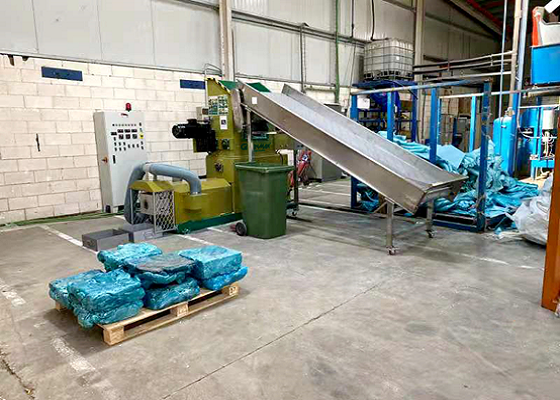You may be aware that just 9% of the nine billion tons of plastic created since 1950 have been recycled. The issues with recycling are a little more complicated when it comes to polystyrene in particular. The volume and bulk created by the airy, expanding material fills landfills more quickly. In addition, polystyrene will take between 500 years and an eternity to decompose under the correct circumstances, such as when it is buried in an oxygen-free landfill. The idea that the inexpensive cooler you used for five hours at a concert could still be in use in half a millennium is astonishing. The situation isn’t much better outside of the dump. The Great Pacific Garbage Patch is a flotilla of trash twice the size of Texas floating around in the northern Pacific Ocean between Hawaii and California. Once littered or dumped, the lightweight material is easily carried into waterways and oceans by the wind.

If these pollutants flow into tourist cities, such as Hawaii, or the blue coastline in Europe, South France and other tourist attractions, it will be a disaster. These cities pay special attention to the protection of the natural environment. If the natural environment is destroyed, this will have a very serious impact on the local tourism industry, and even lead to economic turmoil. As non-degradable waste, this impact will continue for hundreds of years year. Then recycling polystyrene has become an important topic. Expanded polystyrene is mainly used for packaging and other items. There are factories that make and cut packaging in various regions. These factories should stand up and help undertake the recycling task of polystyrene.

Many factories choose to use polystyrene melting machine to recycle expanded polystyrene. This equipment has achieved a high degree of automation and is easy to operate. Just put the loose expanded polystyrene on the conveyor belt and transport the waste to the polystyrene melting machine. In the crushing device, after sufficient crushing, these polystyrene fragments are heated, melted and extruded, and the compression ratio can reach 90:1, which is the first choice of many customers.
It is everyone’s responsibility to protect the environment in a good state. If you also want to contribute to environmental protection, you are welcome to consult GREENMAX at any time!